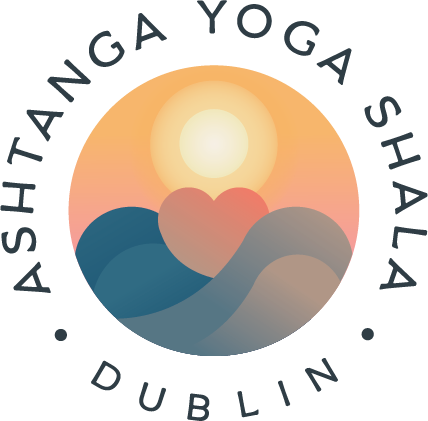Embrace the struggle
There's a sentiment in our modern world that yoga practice should be perpetually enjoyable. This sentiment is spawned and propagated by the way in which yoga is used to sell us things. When regular people think of yoga they think of a beautiful individual sitting in a calm, uncluttered, bright space looking perfectly serene and at peace with themselves and their glistening surroundings. We've seen this scene on bus shelters advertising life assurance, on television advertising vitamin pills, in magazines advertising wearable fitness trackers, on social media advertising clothing, and so on, the list is almost endless.
Then we start to practice yoga and we realise that, although it makes us feel good, it's actually not a perpetual journey into higher and higher levels of bliss. What a surprise!
As it turns out, practising yoga can actually feel a bit stressful at times. In fact, the reputation that yoga practice has garnered as the ultimate stress-busters is partly due to the fact that we're putting our bodies into stressful positions and learning to regulate our automatic stress-response.
In other scenarios, yoga postures might even be described as 'stress positions'.
I always remember seeing a Channel 4 documentary a few years back about the SAS (UK army special forces) and their training in how to withstand interrogation under extreme stress. They trained in as-close-to-real-life situations as possible. During one of the exercises, the soldiers who were being trained to withstand the interrogation situation were put into what they called stress positions. These are designed to tire them out and weaken their resistance. I was watching this and thinking "Wait, that's utkatasana!"
So, what I'm trying to say is, there is nothing inherently relaxing about doing yoga postures. In fact, there are many negative emotions that we might feel while practising; fear, frustration, physical pain, claustrophobia, even panic. But our practice allows us to experience all of these emotions in a controlled environment, to stay at the edge of our discomfort without retreating, to learn to breathe deeply, to down-regulate our stress hormones, and to gain a level of mastery over our reactions to stressful situations. In ashtanga yoga, our greatest tool is breathing deeply in all postures.
That's why yoga works as an antidote to stress, not because we suddenly become blissed-out in our perfect yoga pants, in our unfeasibly tidy house, as soon as we sit on our €150 yoga mat, as the adverts would have us believe.
Embrace the difficulty in your yoga practice. It's supposed to be challenging. You're supposed to be struggling. But remember to breathe deeply, or you might add more stress on top of what you already have in your life!
